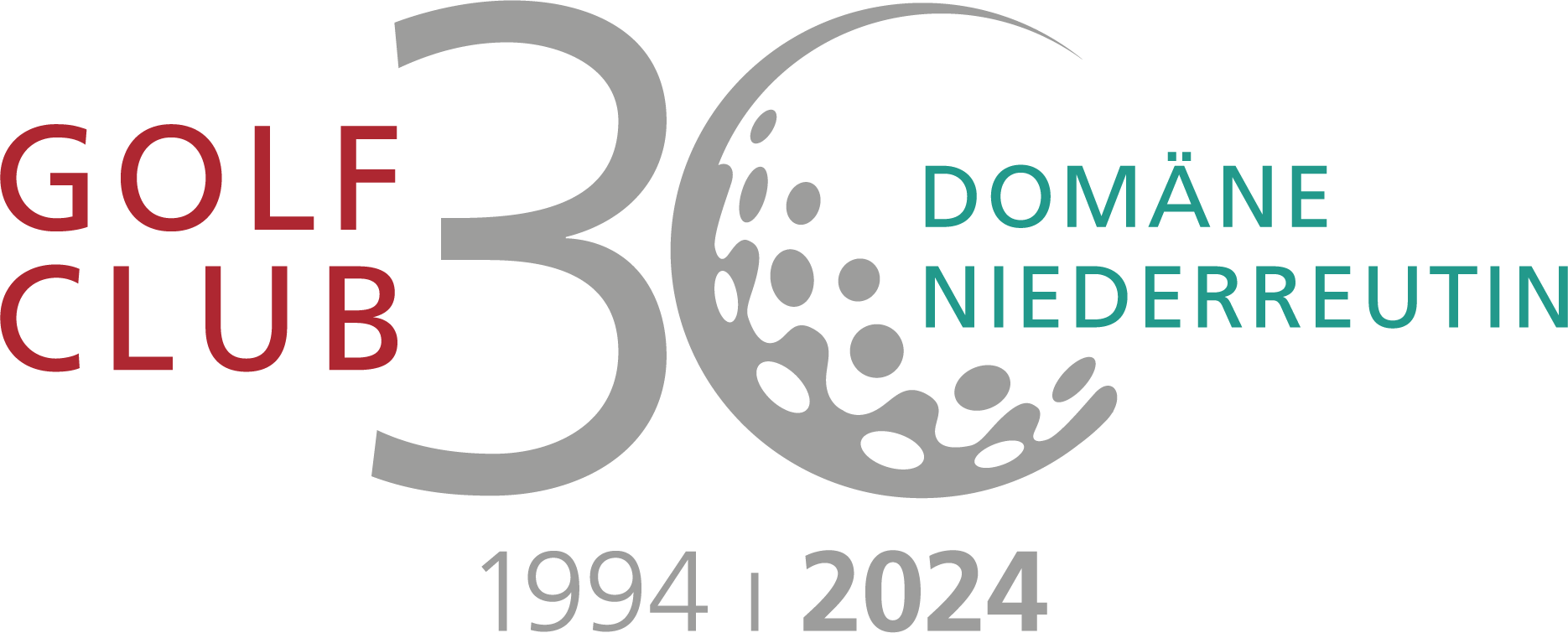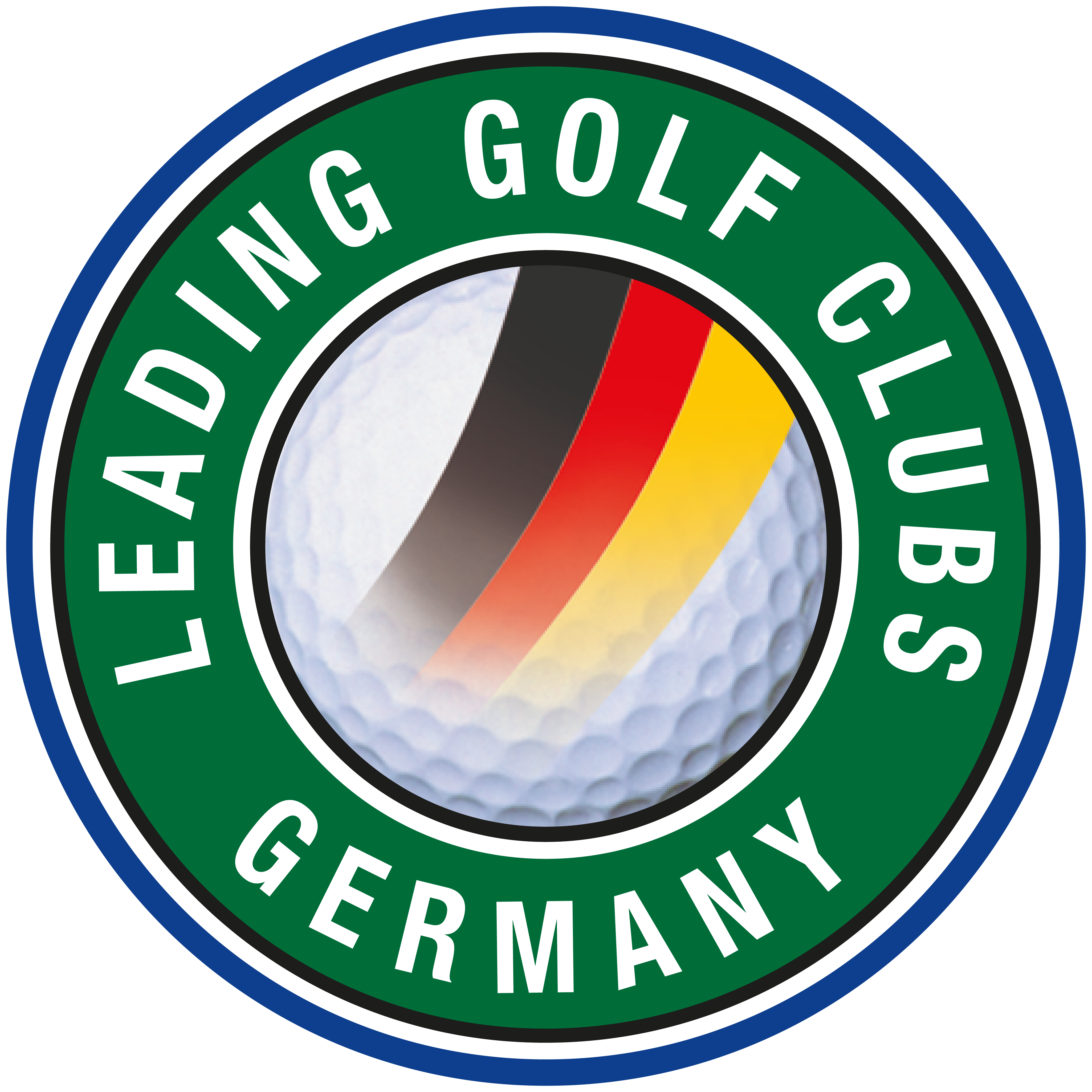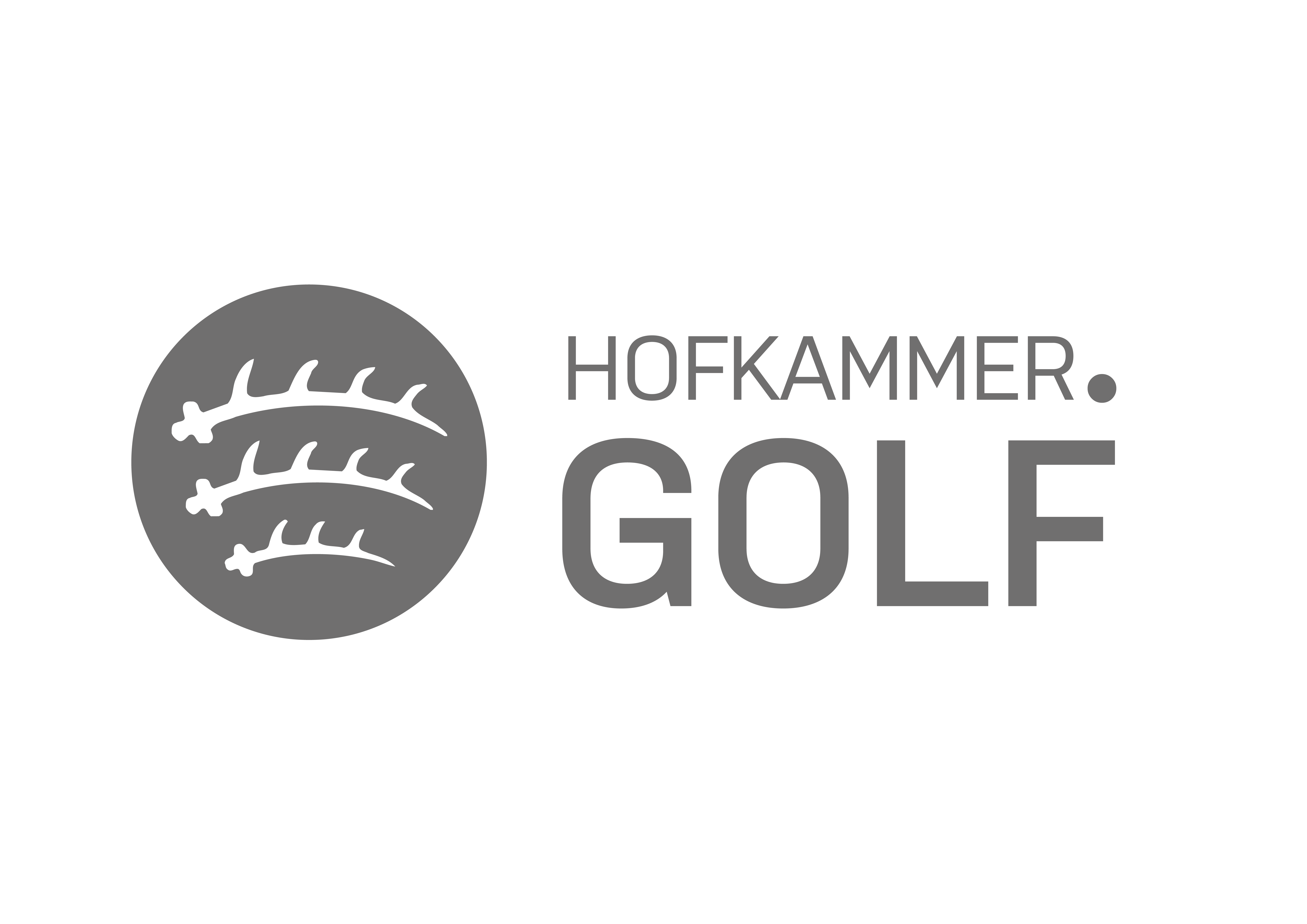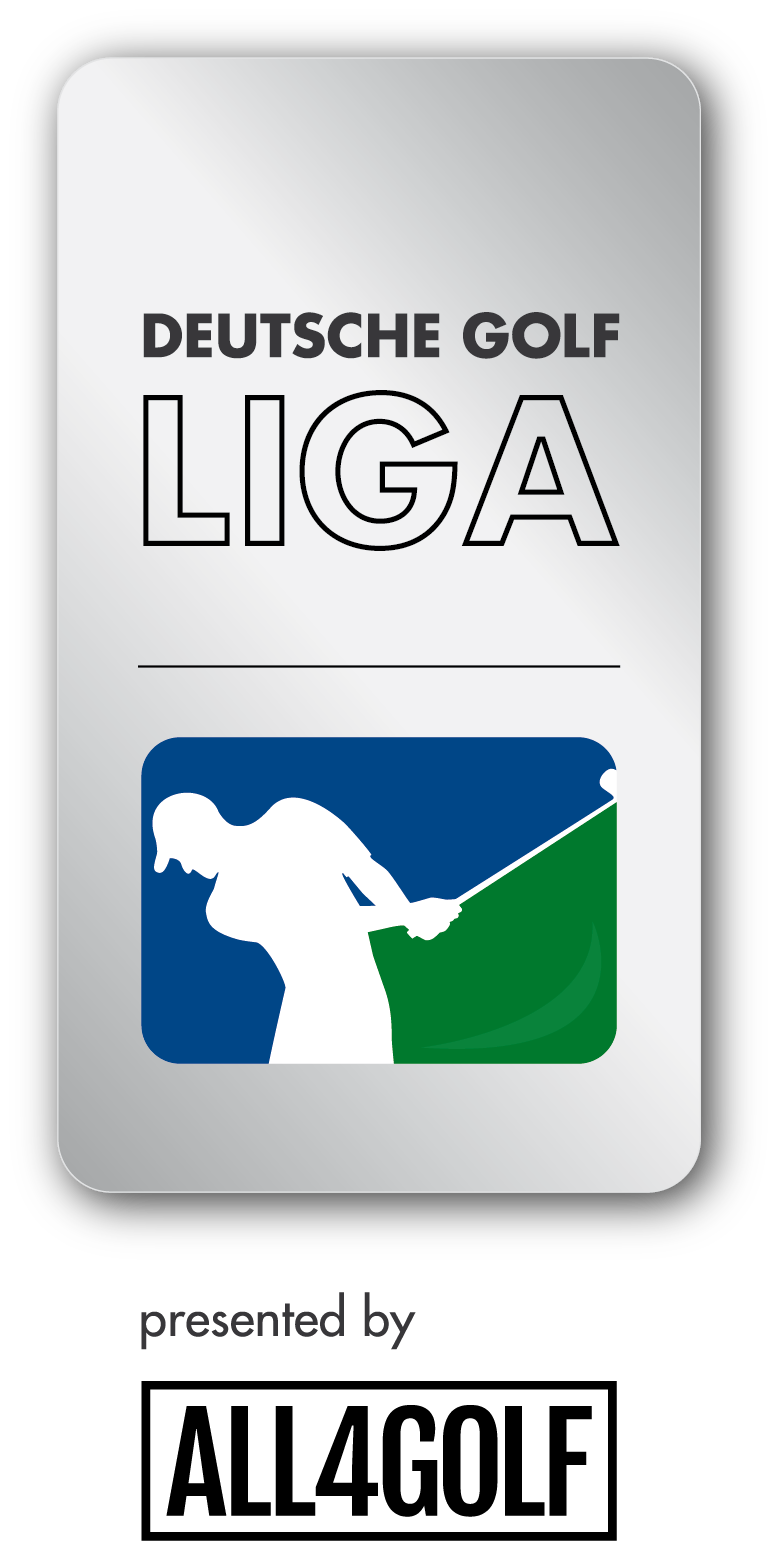History
 The Golf Club Domäne Niederreutin was established in 1994 on the 130-ha area of a former agricultural estate of the House of Württemberg. The main event in 1996 was the final completion of the entire club facilities including 27 first-class holes and our inviting club house.
The Golf Club Domäne Niederreutin was established in 1994 on the 130-ha area of a former agricultural estate of the House of Württemberg. The main event in 1996 was the final completion of the entire club facilities including 27 first-class holes and our inviting club house.
Some 900 years ago, the area where we can play golf today was the agricultural operation of the Reutin monastery, whose buildings can still be seen at Wildberg in the valley of the Nagold river. After the Reformation, the estate became property of the Herrenberger Spital. In 1835, the royal court chamber bought the then 105-ha estate, since then called Domäne Niederreutin. The agricultural buildings and the tenants' residence were rebuilt from 1838 to 1842. Until 1993, young farmers were trained on the agricultural property set up as a model estate by Wilhelm I, the second to last king of Württemberg.
The original U shape of the agricultural buildings and the house has been preserved; today they are protected as historic buildings. The premium loess soils of the Obere Gäu region served primarily for the cultivation of grain, sugar beet, canola and peas. The intensive fruit production in this area already at the time of the Alemanni gave the city of Bondorf (Bomdorf = tree village) its name.
In 1994, the discussions regarding an additional golf course in the county of Böblingen were followed by action. The court chamber of the House of Württemberg as investor and the renowned golf course architect Karl F. Grohs from Deutsche Golf Consult created a 27-hole premium golf course on today's 130-ha area. The conversion of the stables and the resulting blend of old and new has produced an attractive club house satisfying the highest expectations regarding service, functionality and comfort.





